Russia’s Shadowy Century of Spying and Secret Police
For decades, the KGB reigned as the iron-fisted sword and shield of the Communist Party, striking fear into the hearts of citizens. But behind the scenes, a darker force lurked: a history of ruthless secret police and political prisons, steeped in blood and betrayal.
Cheka Secret Police
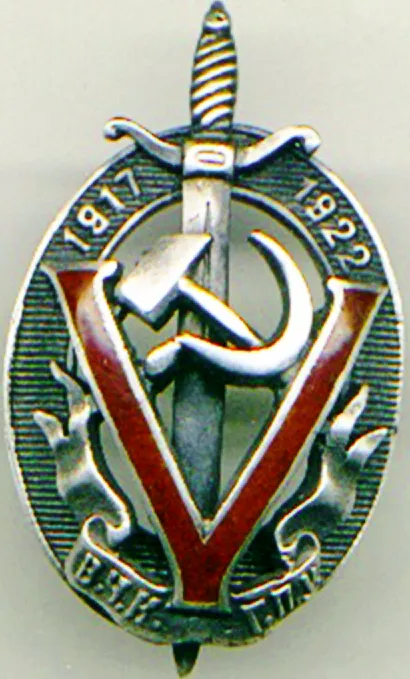
Out of the tumultuous 1917 Russian Revolution, the notorious Cheka (or VeCheka) security agency was born, instilling fear in the hearts of those who dared to oppose the Bolsheviks. Its mission was to root out counter-revolutionary activity, earning them the moniker of the ‘secret police’ although their existence was no secret to most Russians.
Its first leader was Felix Dzerzhinsky and Cheka's influence reverberated throughout the Russian Civil War of 1918-20. They also crushed the anti-Soviet Kronstadt rebellion, a 1921 insurrection of Soviet sailors and civilians against the Bolshevik government in the Russian port city of Kronstadt.
The full extent of their brutal tactics was hidden until the 1990s when Soviet archives were opened. Shockingly, it was revealed that the Cheka, with a staff of more than 250,000 at the time, was responsible for the executions of more than 140,000 individuals.

"The brand new social experience where you activate your gaming skills as you train like a spy."
- TimeOut
Take on thrilling, high-energy espionage challenges across different game zones.

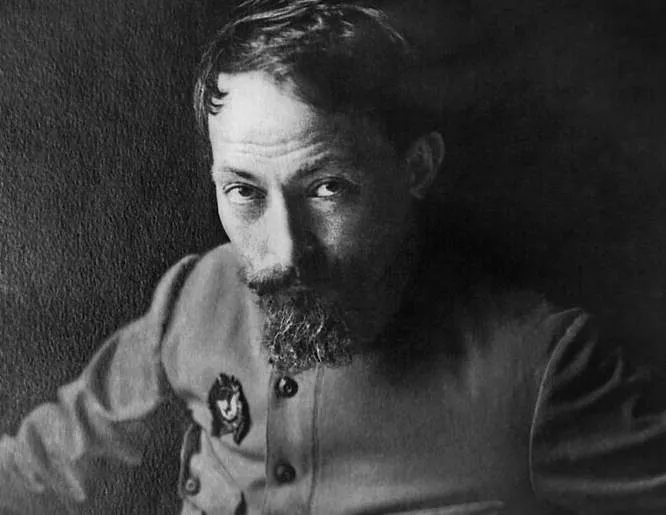
The OGPU and an untimely death
‘Iron Felix’ Dzerzhinsky oversaw the Cheka and remained in control when it was transformed into an NKVD department known as the Soviet GPU (and later OGPU) reporting to the Council of People's Commissars of the USSR.
Dzerzhinsky’s death on July 20, 1926, in Moscow came immediately after his two-hour speech to the Bolshevik Central Committee during which he denounced the United Opposition directed by Leon Trotsky, Grigory Zinoviev, and Lev Kamenev.
Was it a coincidence then, that Dzerzhinsky reportedly died of a heart attack directly afterward? He was 48 and the timing and location of his demise led to many conspiracy theories. Opponents of the regime suggested his death was a sign of internal dissension.
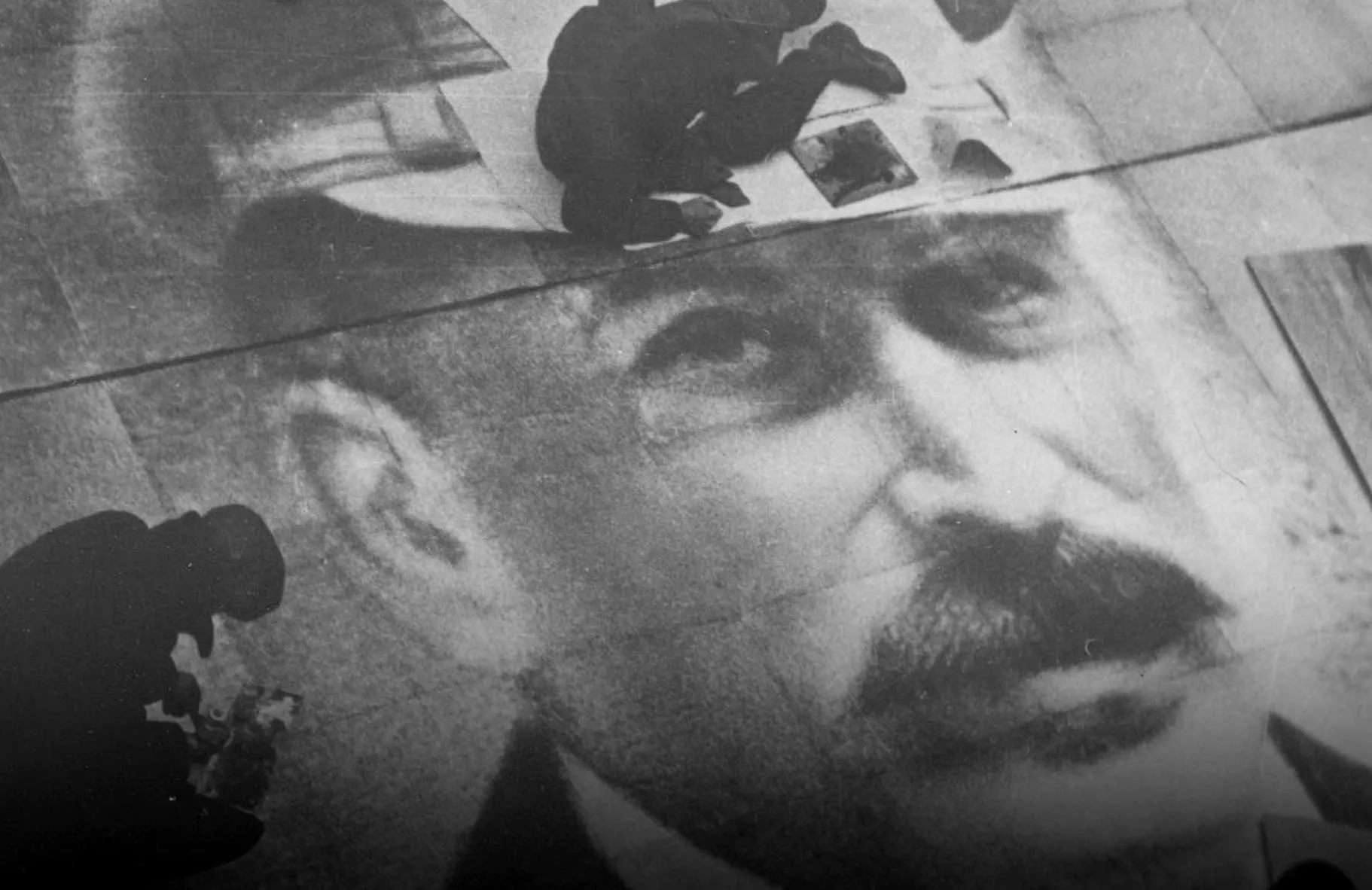
The NKVD secret police
Established in 1917 as NKVD of the Russian Soviet Federative Socialist Republic, the security agency was initially in charge of regular police work and overseeing the country's prisons and labor camps. The NKVD would eventually merge with the OGPU secret police, giving it a monopoly over law enforcement activities until the end of WWII.
The NKVD is remembered for carrying out the Great Terror - aka the Great Purge of 1937 - under dictator Joseph Stalin. The brutal political campaign led by Stalin aimed to eliminate threats to his leadership by killing or jailing dissenting members of the Communist Party. While estimates vary, many experts believe at least 750,000 people were executed between 1936 and 1938, and about 1m were sent to Gulags as forced laborers.
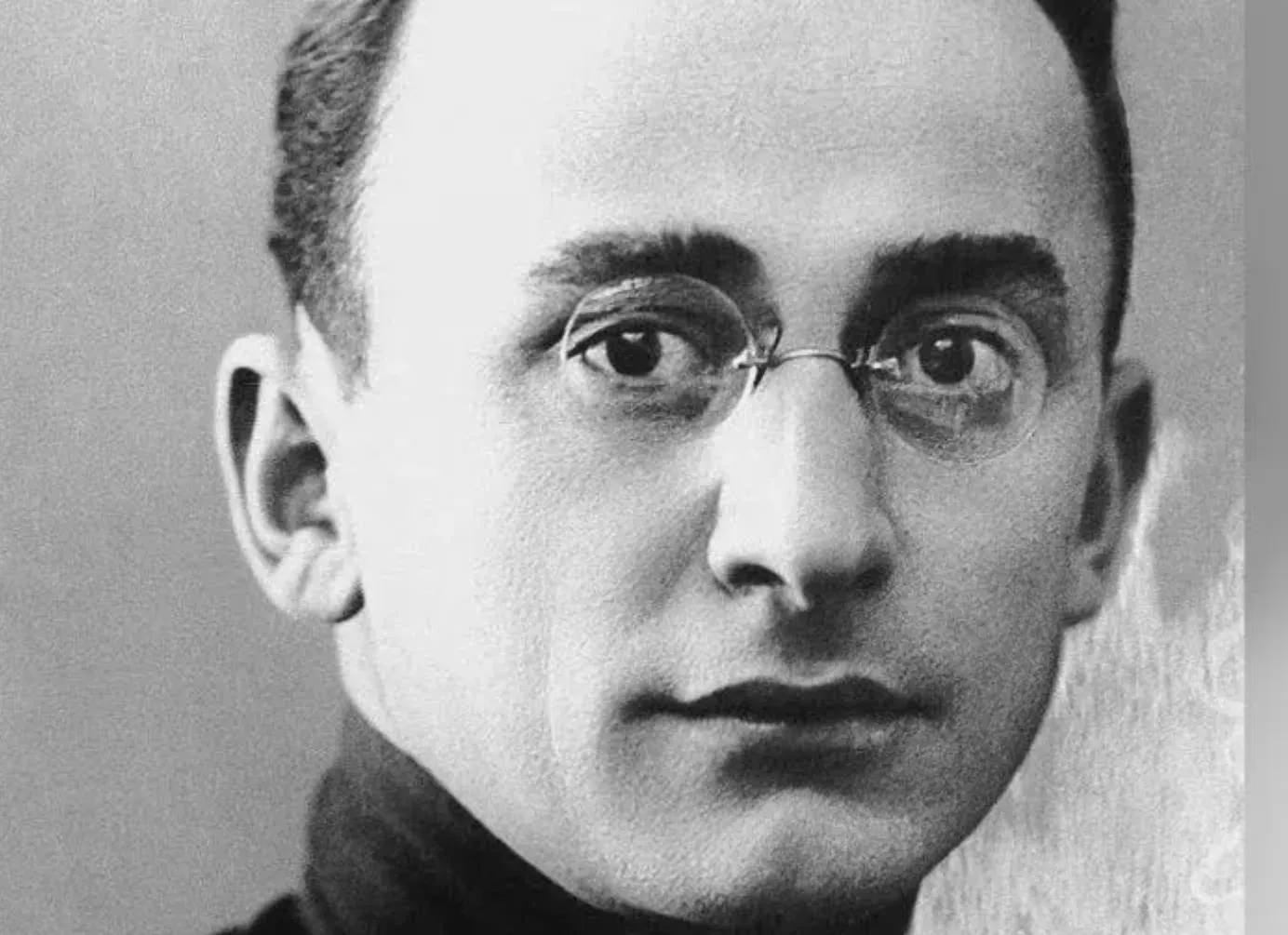
Lavrentiy Pavlovich Beria
In 1938, Stalin summoned Lavrentiy Pavlovich Beria (1899-1953) - political director of the Soviet atomic bomb project - to Moscow and appointed him deputy to the chief of the Soviet secret police, the NKVD. Within a couple years, the ruthless Beria orchestrated the execution of NKVD chief Nikolai Yezhov and assumed his predecessor’s position.
Beria created a special department in the NKVD called ‘Department S’ to consolidate atomic research and development, giving him access to intelligence on the Manhattan Project collected from Klaus Fuchs, a British-German national and Russian spy. Responsibility for state security was eventually transferred from the NKVD to the NKGB (People’s Commissariat for State Security) and the agencies became the Ministry of Internal Affairs (MVD) and the Ministry of State Security (MGB).
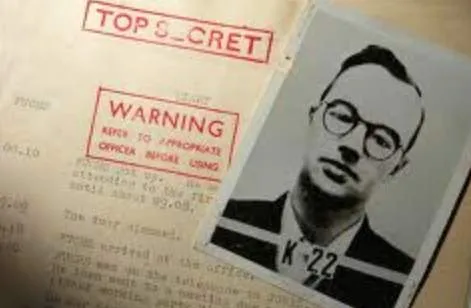
After Stalin died in 1953, Beria was appointed as deputy prime minister and head of the Ministry of Internal Affairs but his days were numbered. Nikita Khrushchev worried Beria would use his control of the secret police to stage a coup.
When Beria suggested Moscow enter into diplomatic negotiations with the US to peacefully bring an end to the Cold War, he was tried, convicted, and executed for treason on December 23, 1953.


The KGB - Committee for State Security
Established in 1954, the KGB was among the most feared security agencies, serving as the sword and shield of the Communist Party. At its peak, the KGB was the largest secret police and foreign intelligence organization in the world with an estimated 480,000 employees, including 200,000 soldiers.
The KGB was divided into about 20 directorates, with the top divisions responsible for foreign intelligence, domestic counterintelligence, technical intelligence, protection of political leaders, and border security. An additional directorate was created in the late 1960s to conduct surveillance on suspected dissidents in churches and among the intelligentsia. Nobel laureates and dissidents Aleksandr Solzhenitsyn and Andrey Sakharov were among the KGB’s many targets.
From 13 March 1954 until 3 December 1991, the KGB (which stands for the Committee for State Security) was the main security agency and it has long been linked with mysterious deaths from poisoned umbrellas to radioactive substances used on British soil. The KGB also recruited notorious and deadly US spies, from FBI agent Robert Hanssen to the CIA’s Aldrich Ames.
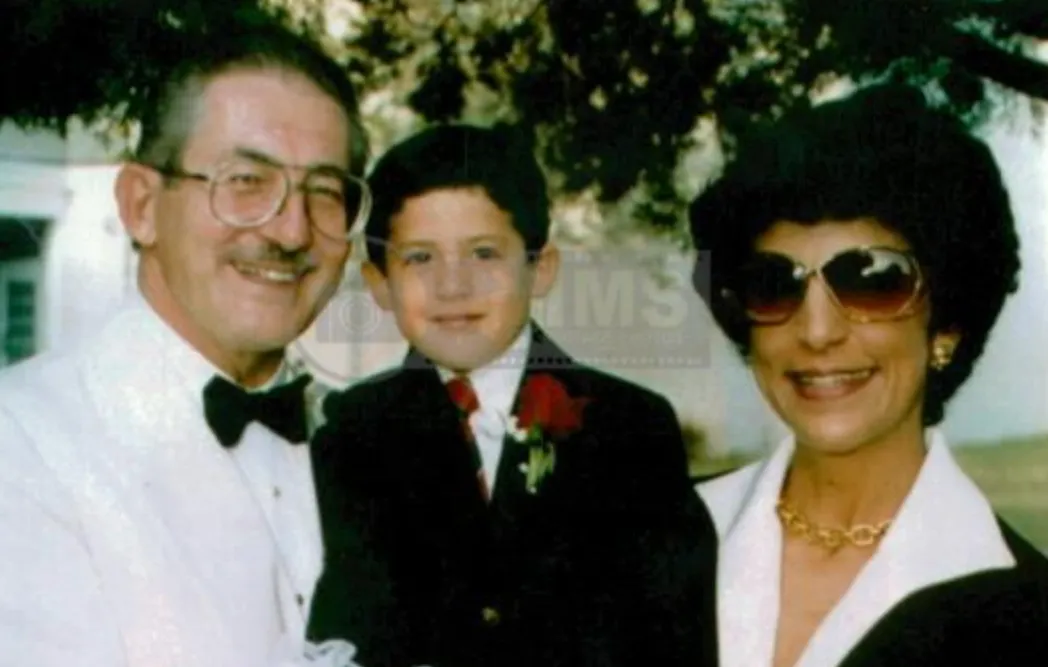

KGB Operations
Among the KGB’s many alleged operations was Operation Pandora, a 1960s plan to start a race war that would consume the US. The KGB apparently wanted to stir up violence between radical groups like the KKK, African American militants, and the Jewish Defense League to exploit the volatile climate following the assassination of Martin Luther King Jr.
Another alleged KGB operation - Operation Cedar - reportedly took more than 10 years to plan but did not come to fruition. According to the Mitrokhin Archive, the KGB wanted to disrupt the US power supply by targeting oil pipelines in the US and Canada, and to interfere with giant hydroelectric dams to disrupt New York state and nearby regions. KGB agents reportedly used a safe house near Harrisburg, Pennsylvania to coordinate the attacks.
With the demise of the Soviet Union, the KGB was dissolved in 1991, but one of its more ambitious officers would not be stopped: Vladimir Putin.
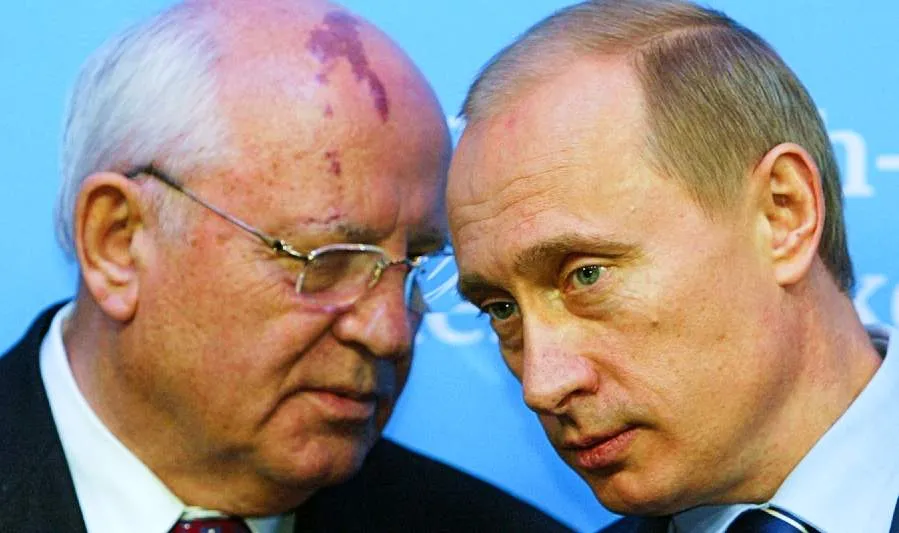
Secret Police, Post-Cold War
After Mikhail Gorbachev’s ousting, Russian President Boris Yeltsin supervised the division of the KGB into several major services responsible for internal security and foreign intelligence. After Yeltsin's dramatic resignation on 31 December 1999, then-prime minister Vladimir Putin succeeded him as acting president. Putin, a former KGB officer, has served continuously as president or prime minister since 1999.
In modern Russia, the KGB’s functions are performed by three main branches:
SVR - The SVR secret intelligence agency traces its roots back to at least 1920 and the NKVD Foreign Department. It is responsible for intelligence and espionage outside of the Russian Federation.
FSB - The FBS was created in 1995 as the principal security force of Russia and also a successor agency to the Soviet Union's KGB responsible for domestic intelligence-gathering and counterintelligence operations. It is now headed by FSB Director Alexander Bortnikov, one of Putin’s closest advisers. FSB officers have been implicated in illegal enterprises from economic crime to state-sponsored hacking.
GRU - The Main Directorate of the General Staff of the Armed Forces of the Russian Federation is still commonly known by its previous abbreviation GRU. The GRU controls the military intelligence service and maintains its own Special Forces units.
In the shadow of the Russia-UK war, the FSB has been accused of once again resorting to Stalin’s methods. Opponents of the Ukraine war and Putin’s regime have been thrown into Moscow’s Lefortovo Prison.

SPYSCAPE+

Join now to get True Spies episodes early and ad-free every week, plus subscriber-only Debriefs and Q&As to bring you closer to your favorite spies and stories from the show. You’ll also get our exclusive series The Razumov Files and The Great James Bond Car Robbery!


Gadgets & Gifts
Explore a world of secrets together. Navigate through interactive exhibits and missions to discover your spy roles.
Your Spy Skills
We all have valuable spy skills - your mission is to discover yours. See if you have what it takes to be a secret agent, with our authentic spy skills evaluation* developed by a former Head of Training at British Intelligence. It's FREE so share & compare with friends now!
* Find more information about the scientific methods behind the evaluation here.


Stay Connected
Follow us for the latest
TIKTOK
INSTAGRAM
X
FACEBOOK
YOUTUBE